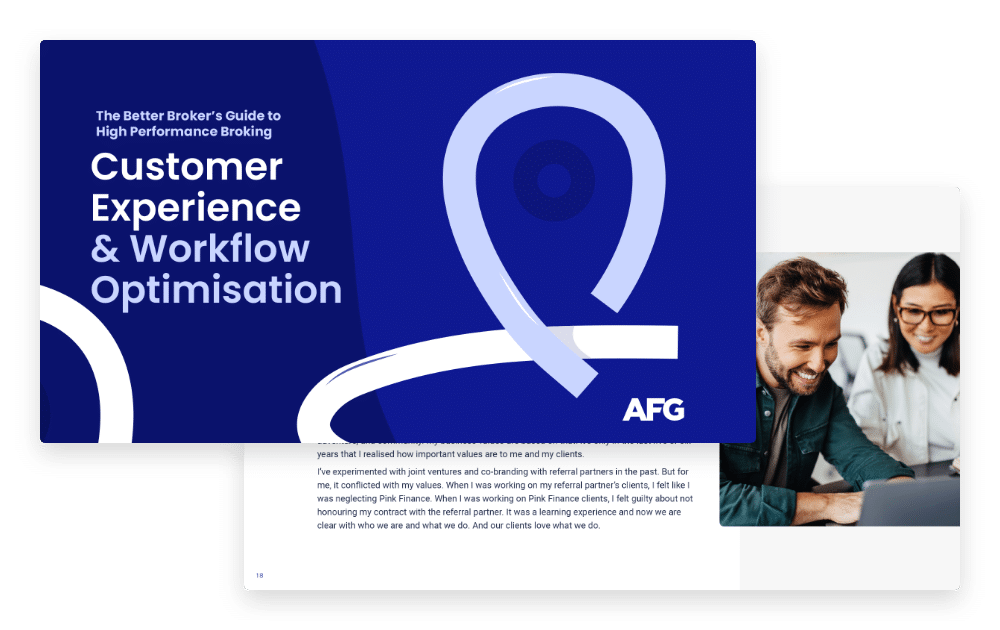The Government wants to encourage entrepreneurs to think outside the box with a range of recent changes to remove the stigma – and some penalties – around business failure.
The Government’s Innovation Statement has been roundly welcomed by small business, with changes to insolvency and tax laws aimed at encouraging businesses to push the envelope.
CPA Australia chief executive Alex Malley was quick to embrace the $1 billion package, saying a recent survey of 3000 companies across the Asia Pacific showed Australian small businesses trailed their Asian counterparts significantly on a number of innovation indicators. “On the key measure of innovation – looking at the percentage of small businesses that will introduce a product, service or process in the next year that is new to their market; for Australia it’s only five percent compared to Indonesia’s 46 percent, China at 32 percent, Malaysia 29 percent and Vietnam 26 percent,” Malley said of CPA’s Asia Pacific Small Business Survey 2015.
The survey also found that while 83 percent of Asian small businesses generated revenue from online sales, little more than a third of Australian businesses surveyed did the same. And looking to the future, only eight percent of Australian businesses reported plans to grow this part of their business compared to 40 percent of their Asian counterparts. “Backing an ‘ideas boom’ to replace the mining boom represents a sea-change in thinking and attitude necessary to propel Australia’s future prosperity in the ultra-competitive Asian century,” Malley said.
To encourage innovation, the Government has tailored its package to help companies grasp new opportunities and survive any unforeseen rough patches without incurring penalties from regulators or the taxman.
Below are some of the headline items for small business.
- RELAX INSOLVENCY LAWS – Key changes will:
- Introduce ‘safe harbour’ provisions to shield company directors from liability for insolvent trading in cases where a restructuring adviser has been engaged to draw up plans for the company to trade out of difficulty.
- Reduce the current default bankruptcy period from three years to one.
- Render ‘ipso facto’ clauses that allow contracts to be terminated solely due to an insolvency event, unenforceable if the company is undertaking a restructure.
The changes are aimed at striking a better balance between encouraging entrepreneurship and protecting investors from reckless or negligent directors. Many believed Australia’s previous laws were too heavy handed, with the Government saying concerns over inadvertent breaches of insolvent trading laws were frequently cited by investors and professional directors as a reason they were reluctant to get involved with start-ups. The Government also aimed to reduce the stigma associated with business failure. Most seemed to welcome the changes, although SelfWealth founder Andrew Ward cautioned the reduction in the default bankruptcy period “almost helps spruikers”
- GREATER ACCESS TO COMPANY LOSSES – Changes to this section of the tax law are aimed at encouraging companies not turning a profit to be flexible and seek out innovative new opportunities without fear they may lose the ability to write off previous losses. Currently, the Government’s stringent same business test means if a company expands its activities into new profit-generating areas, it may not be able to offset previous losses against new profits. In the first half of this year, the same business test will be replaced by a predominantly similar business test. The new test relaxes laws, allowing companies to access historical losses if their business, while not the same, uses similar assets and generates income from similar sources. “This measure will encourage entrepreneurship by allowing loss-making companies to ‘pivot’ and seek out new opportunities to return to profitability,” the Government’s Innovation Statement read.
- INTANGIBLE ASSET DEPRECIATION The Government is changing the rate at which intangible assets – such as patents, trademarks and copyrights – can be depreciated. Innovative companies are more likely to hold a high proportion of intangible, or knowledge-based, assets. At present these assets can only be depreciated in line with their statutory life. For example, a 20-year patent must be depreciated over 20 years, even though it may only generate cash flow for about five years. From July 1, businesses will have the option of self-assessing the tax effective life of any acquired intangible assets. This allows faster tax deduction over a shorter period, which is likely to reduce the cost of investing in these assets and make them more attractive to investors.
- ESTABLISH A ‘DIGITAL MARKETPLACE’ – With an aim to go live in January 2017, the Government is establishing what it calls a digital marketplace. The marketplace, modelled on a UK site launched last year, will be an online directory of information and communication technology (ICT) services and products offered by a range of small to medium sized businesses.The directory will be used by public servants to source and secure software and hardware products and services.“Business suppliers of ICT software and hardware will be able to join the directory easily; while government buyers will be able to easily search for services, identify suitable suppliers and procure the best value option to get the job done,” the Government’s Innovation Statement said. The initiative has the dual aim of allowing SMEs to better compete for government contracts and getting a better deal for taxpayers.
- TAX BREAKS FOR EARLY INVESTORS – Investors in eligible start-up companies will receive a 20 percent tax offset on cash invested (capped at $200,000). They will also get a 10-year capital gains tax exemption provided investments are held for three years. These tax breaks will only be available to investments in companies that:
- Undertake an eligible business (this is yet to be determined).
- Were incorporated in the past three years.
- Are not listed on any stock exchange.
- Have expenditure and income of less than $1 million and $200,000 respectively
For more information, please see: www.innovation.gov.au









